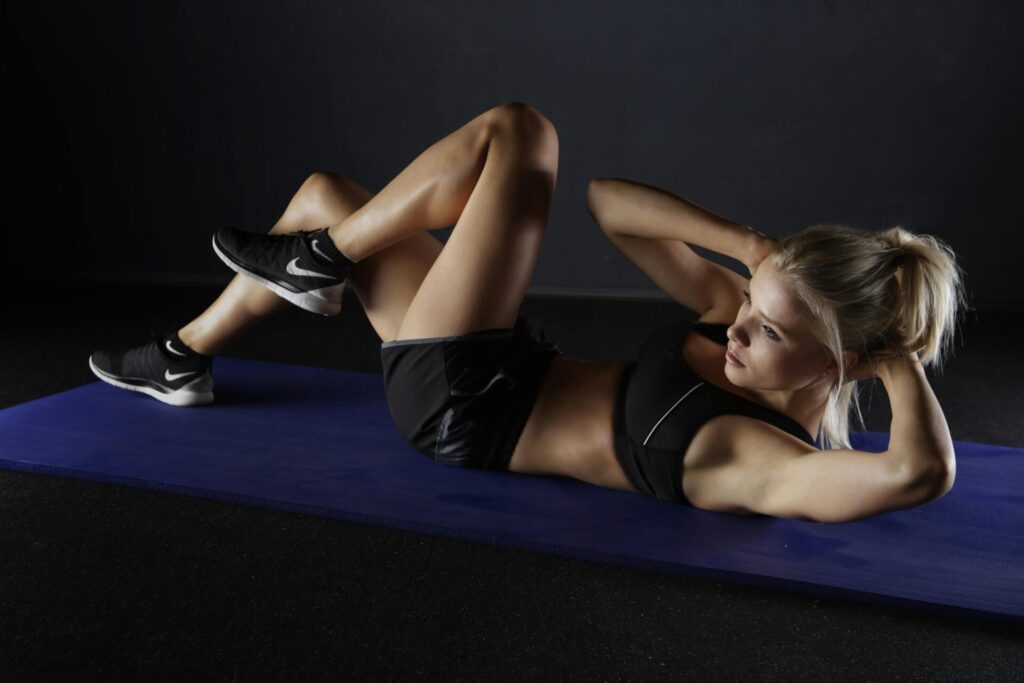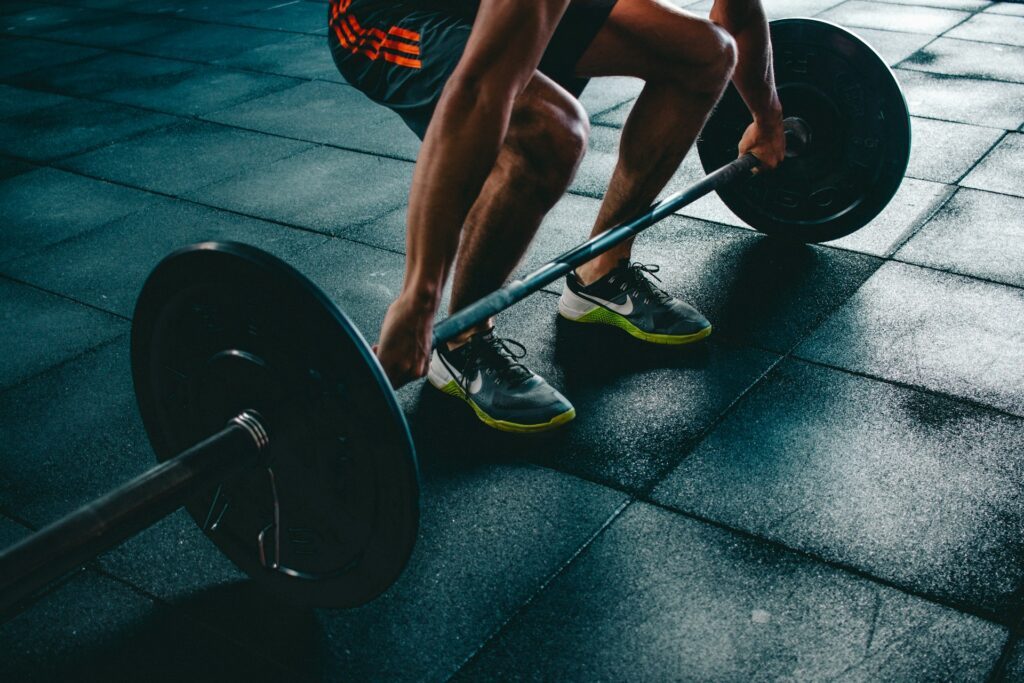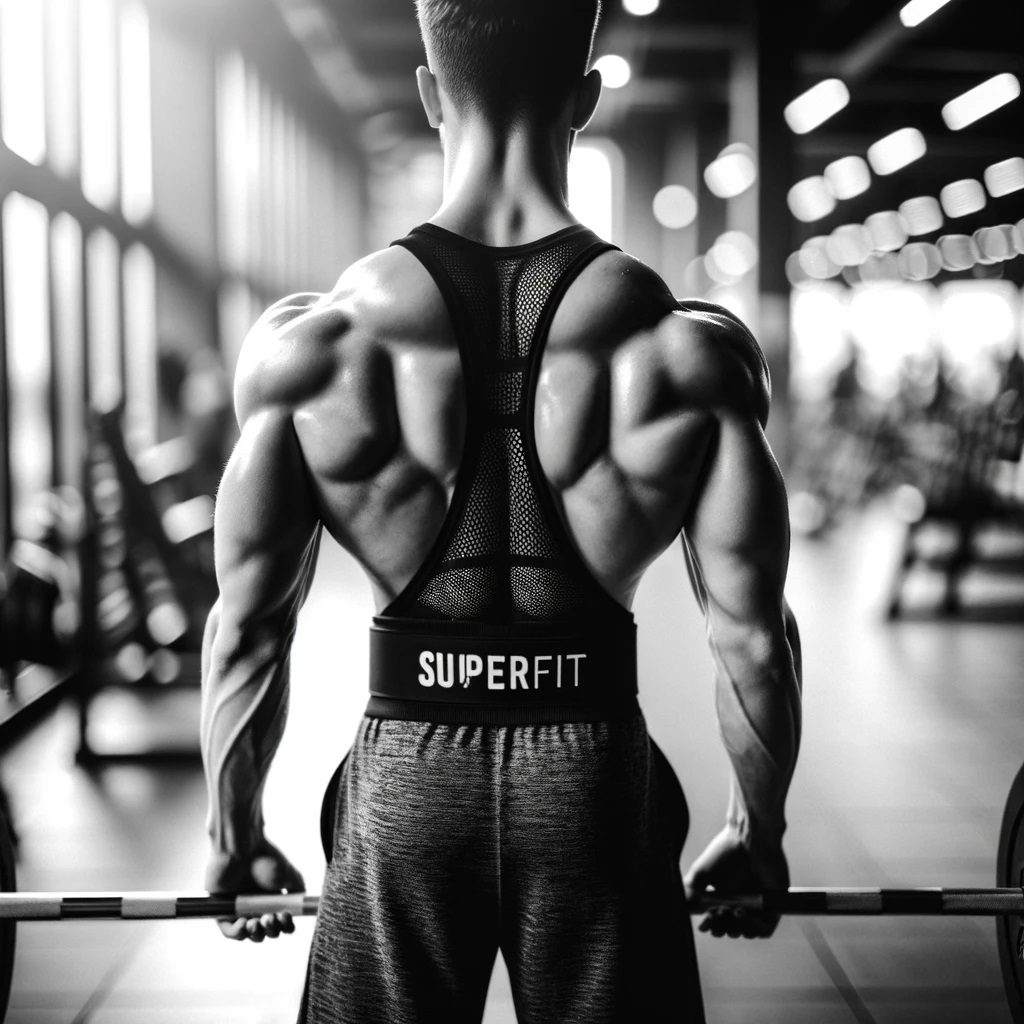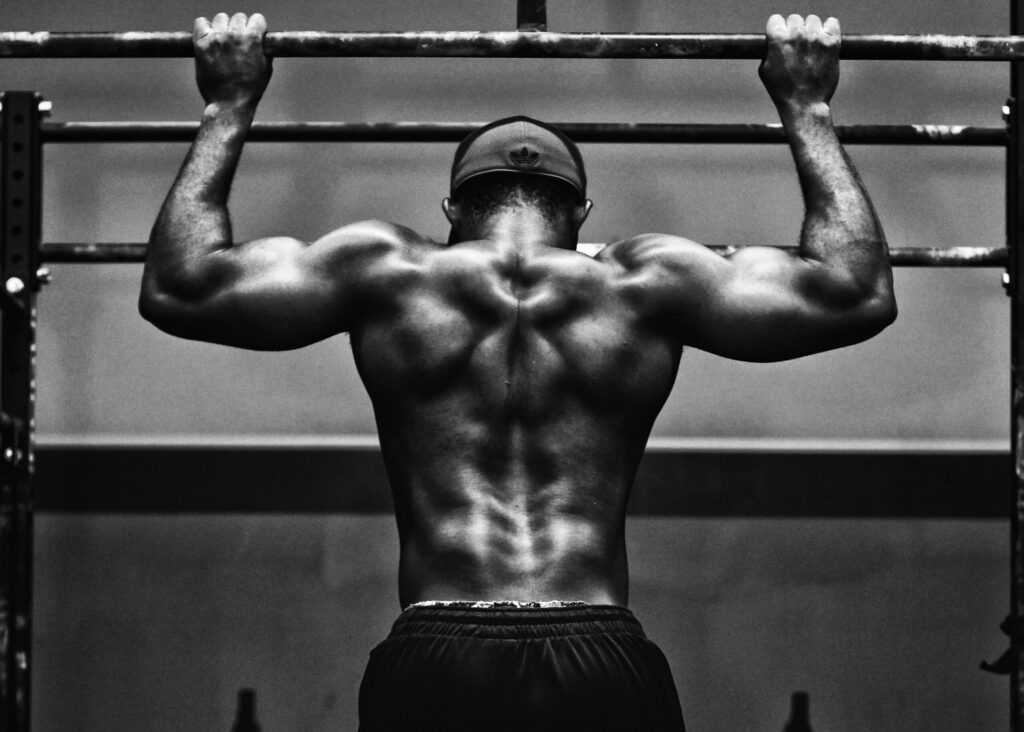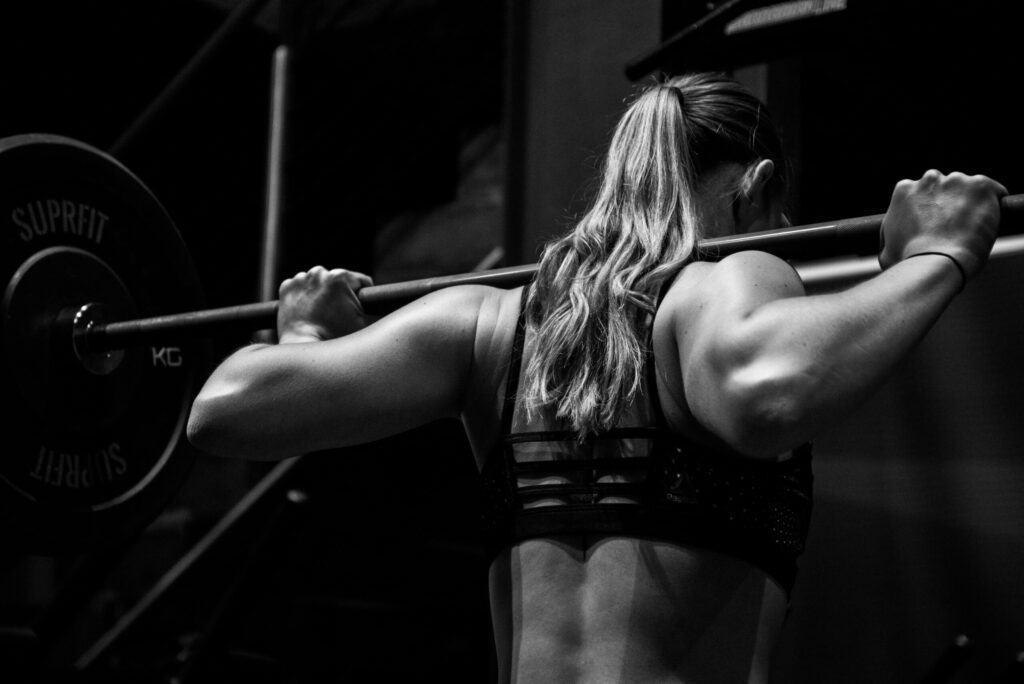Nutrition has the potential to be contentious and often over complicated topic in health and fitness. This is a product of the ever present, new information and findings (good and bad) but also the misguided practices or some of our so called industry leaders (this is a topic for another day). What this leads to is mass confusion amongst the general population in regards to how they approach a nutrition intervention.
We know that “calories in V calories out” is nutrition at its MOST BASIC but in reality there is so much more that makes a well-balanced nutrition plan. There are a magnitude of factors that come to the forefront that need to addressed to achieve this desired energy balance, it’s not as simple as just telling someone to eat less. For example; ones perception and how they view food (food relationship), culture, food quality/ quantity and the ability to restrain are just some of the many factors that must be addressed to effectively execute ‘calories in VS calories out’
When looking at nutrition you need to carefully consider what will work for you and then be prepared to be flexible as you learn more about yourself. The reason being that you can reach your goals a number of different ways, however certain methods are more effective than others. You may start with one method and quickly find out that it’s not for you. The real skill is having enough self-awareness to take that feedback and adjust. Take tracking your calories for example, a highly effective way to reach a goal, but if you decide that measuring food isn’t something you like then tracking isn’t going to work. Find the approach that works for you and make sure you can adhere to it.
In the rest of this article we are going to go over some key terms you should be aware of with your nutrition and then we are going to look at setting up some calorie and macronutrient targets based on your goals. Calorie and macro tracking is arguably the most common nutrition approach used but remember, it’s not the only one.
What Are Calories And What Are Macronutrients?
Key terms
Maintenance calorie level – Refers to the amount of calories your body needs day to day to see no change in weight.
Calorie deficit – Refers to a negative energy balance. You are taking in less calories than you use day to day.
Calorie surplus – Refers to a positive energy balance. You are taking in more calories than you use day to day.
Calorie – A calorie to put it simply is energy. Food contains calories, so food is energy we give our bodies to thrive off. We can think of food as numbers going into the body. Say we eat 100g of chicken breast, that is roughly 165 calories going into the body. At the end of the day what matters for fat loss or muscle gain is a calorie deficit and calorie surplus respectively.








Step 1
First you need to determine your maintenance calorie intake using the appropriate calculation below. Be aware that this is only an estimation. Another way is to track food intake for a week and also monitor weight. If your weight remains the same over that week then take the average calories intake for that week and that’s maintenance.


Step 2
Now that we have our maintenance calories sorted we now need to determine if we want to gain weight or drop fat. This can be done by on a percentage based system. To drop fat then lower your calorie intake by 5-10% and vice versa to increase weight.
e.g. You have maintenance intake of 2000 calories and want to drop fat
2000 calories x 0.05 = 100 calories
2000 calories – 100 calories = 1900 calories
This rate of change may look small and it may take results longer to occur but it will take a lot less will power to uphold. You can drop calories more drastically and the fat/ weight loss will be more rapid but remember that there will be other things that have to give.
This needs to be taken into consideration as you will need to set yourself a realistic calorie deficit that you can adhere to. No adherence, no results. It is also important to stick to the numbers for a few weeks to allow for change, if nothing is happening then you simply adjust.
Likewise, the higher you raise your calorie intake the more extreme the weight gain will be. Notice I didn’t say extreme muscle gain, it is quite hard to build lots of muscle at a quick rate even with a proper training program and eating properly.
If your surplus is too great, you risk putting on a lot of ‘useless weight’. You will increase in fat but you don’t want to get fat. Having a controlled surplus and monitoring your weight gain closely will allow for you to gain muscle and weight at an acceptable rate without the risk of ‘blowing out’.
The best way to attack either is to make the least amount of change that yields maximum results. Why drop out 600 calories to lose weight when you could do it with 200?
Now onto the all-important macronutrient breakdown
Protein
Acceptable range = 1.6-2.5g per kg of bodyweight
For example, an 80kg male may be in the range of 144-200grams of protein per day. Why is protein key? It’s main role in the body is muscle growth and repair which is obviously important on both fat loss and muscle gain. When in a fat loss phase it is more important to keep protein intake higher, around the 2g per kg of bodyweight. During a weight gain phase we can get away with potentially as low as 1.6g per kg of bodyweight.
Fats
Acceptable range = 0.8-1.2g per kg of bodyweight
For example, an 80kg male may have a range of 64-96grams of fat per day.
Having higher amounts of fats than this guide will make no difference to your overall goal as long as calories (number 1 priority) and protein (number 2 priority) are in check. If you prefer higher amounts of fats then by all means have a high fat diet. Fats are extremely important in many roles in the body including cell health and hormones so dropping them extremely low is not a great idea. Vice versa goes for keeping them high. Due to them being extremely calorie dense, the volume of food you can eat on a high fat diet greatly reduces and therefore you risk being hungry
Carbs
Acceptable range = What’s left
If you were to work out your protein and fat consumption based on the above, then you simply find your carbs from the calories left over.
For example, if the 80kg male was set 2500 calories per day. They have decided to have 200g of protein and 70g of fat.
200 x 4 = 800 calories from protein
70 x 9 = 630 calories from fats
So…
2500 – (800 + 630) = 1070
1070/4 = 267.5grams of carbs
200g protein
267g carbs
70g fats
However, having higher amounts of carbs will make no difference to your overall goal as long as calories (number 1 priority) and protein (number 2 priority) are in check. It comes down to your preference, if you like more carbs than fats then have more carbs and less fats.
What you should be wary of is dropping carbs too low or completely out. Carbs are our bodies preferred energy source. They also play a role in building and retaining muscle whereas fat does not.
In summary, as long as calories (number 1 priority) and protein (number 2 priority) are in check then it comes down to your preference whether you have more carbs or fats as this will make zero difference to your end result BUT I’d avoid going to either extreme.
The Breakdown
Weight loss/fat loss?
Deficit of 5-10% of maintenance calories
-
Calories and protein priority, carbs and fats based on preference
-
3-6 x P/W weight sessions plus cardio as needed
-
ADHERANCE & ENJOYMENT
Weight gain/Muscle gain?
Surplus of 200-500 calories
-
Calories and protein priority, carbs and fats based on preference
-
3-6 x P/W weight sessions
-
ADHERANCE & ENJOYMENT





